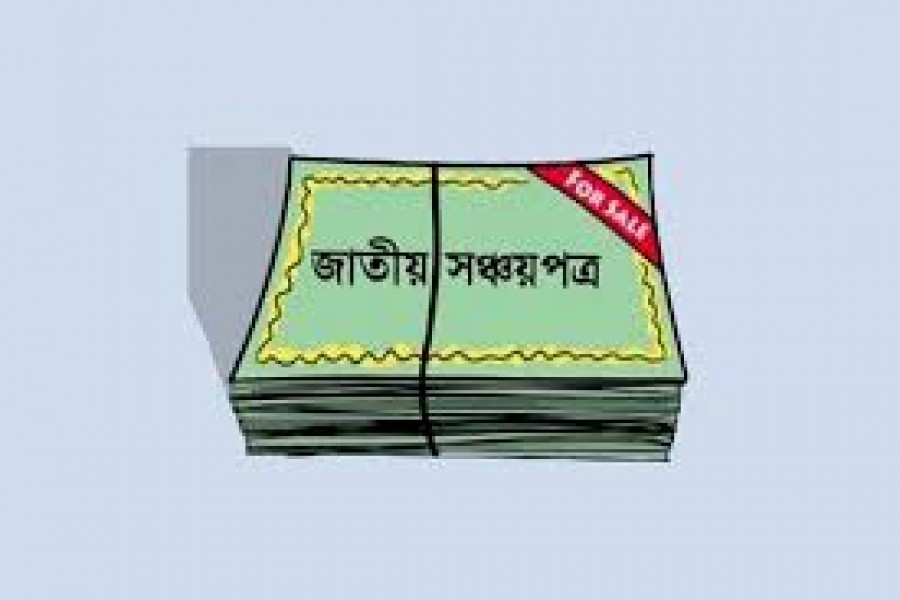Bangladesh Bank has recently published its annual monetary policy statement (MPS). One reads into the language a misplaced belief in a quick rebound (V-shaped recovery) of the economy from the pandemic. But observers worldwide have said it is not known how this pandemic will play out. Economic activities and growth are dependent on severity and spread of Covid-19.
Why the core (along with non-food) inflation is the mirror opposite of food inflation is not explained. The report goes on to say that demand driven inflationary pressures might build up on the back of the stimulus package. However, one would assume that because of the economic slowdown, approval and disbursements of fresh loans will be greatly curtailed. But, of course, a significant loss of crops is foreseen due to extensive flooding coupled with stagnant water. This calamity will exert an upward pressure on food prices, working its way principally through rice.
After indicating that the banking system has ample liquidity, the report states "…….a lion's share of this surplus liquidity holding by the banks remained in the form of government securities". This is a good omen as the government of Bangladesh needs to go on a borrowing spree in the coming months due to a projected decline in revenue collections. There are newspaper reports that some people are cashing their sanchaya patras to get by. Nevertheless, the central bank has taken a slew of measures to inject liquidity into the system which is welcome.
The report expresses a sense of satisfaction at the narrowing of interest spread, terming it as "efficiency". The unanswered question is whether the resultant net interest income will be adequate to absorb banks' operational expenses. Bankers are emphatic this will not. Moreover, the real interest rate has recently dipped into a negative territory; not a pleasing prospect for savers.
Deposit growth has been anemic recently due to the scissor effect of higher yields on national savings certificates and lower yields on bank accounts. This is backed up by the latest IMF Financial Access Survey. Deposits as a percentage of GDP is shown on a downward trajectory from 53.03 per cent (2014) to 47.84 per cent (2018). Downward trend in exports will also dent deposits. These factors will reduce the capacity to generate loans.
A spike in excess liquidity (defined as excess of banks deposits at BB after cash reserve ratio) is noticeable-- projected to be Tk 1,396 billion in June 2020 (the highest in four years). This increase partly explains the projected 2.8 per cent rise in broad money supply during fiscal 2019-20. Stakeholders should make an effort to divert idle reserve money toward bank deposits so that this money can be recycled in the economy.
The movements in the external value of Bangladesh taka is shown in terms of its nominal effective exchange rate (NEER) and real effective exchange rate (REER) without any commentary on their effect on our exports. There is no mention of Bangladesh's terms of trade.
Raihan Amin is an ex-banker.


